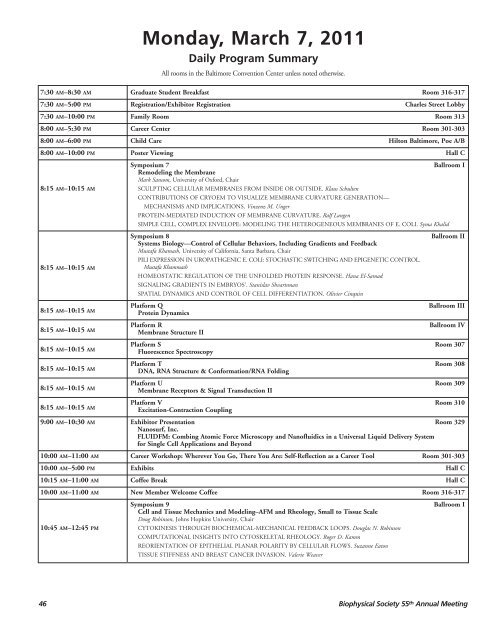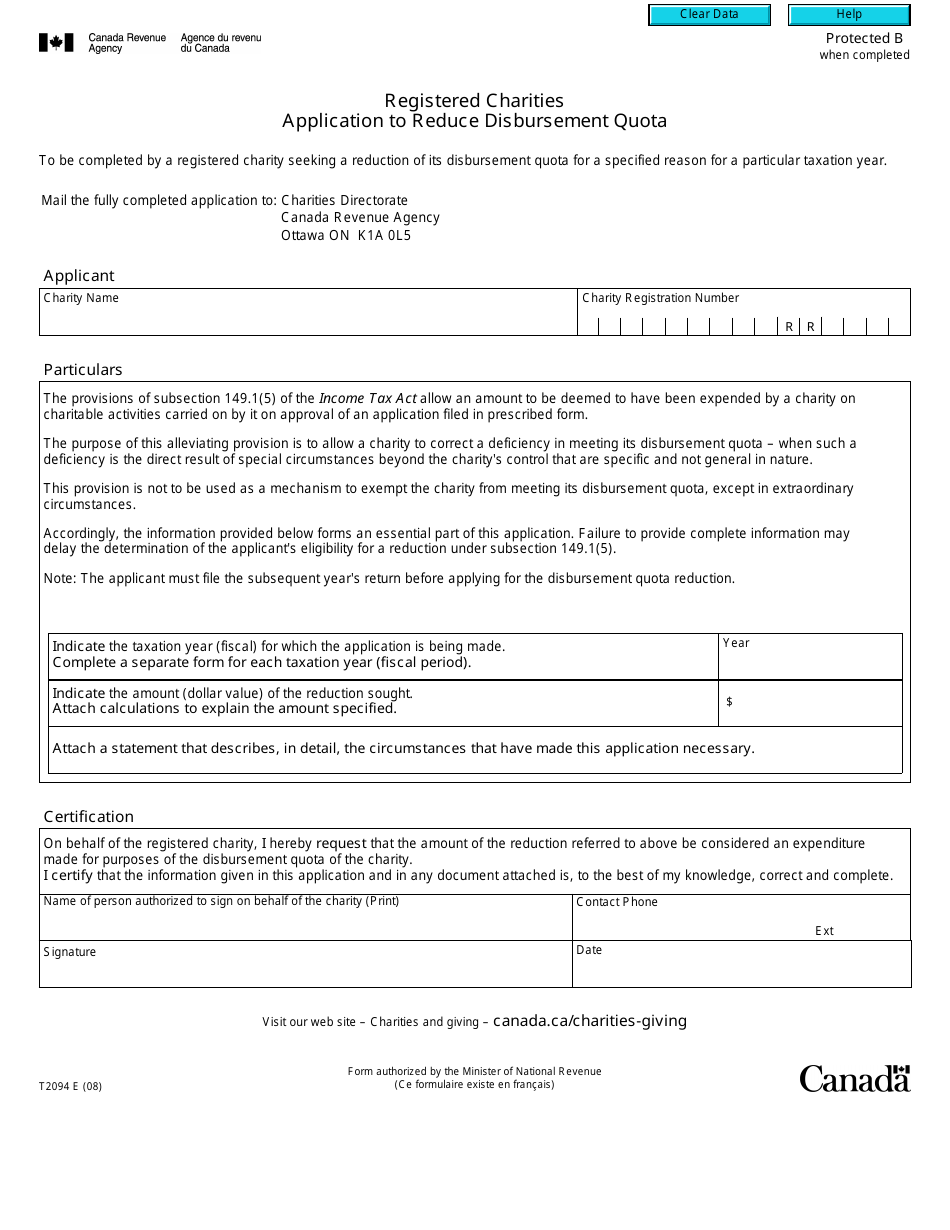

Publisher: Springer Science & Business Mediaīiophysics Of The Failing Heart PDF Full Titin Kinase Signaling In Cardiac Hypertrophy And Heart Failure by R. Therefore, this study may guide innovative therapeutic strategies from different aspects in the prevention or treatment of heart failure. Collectively, these studies demonstrate that RBM20 is a key mediator in the PI3K/AKT/mTOR kinase axis in insulin-stimulated titin splicing, provide novel mechanistic insights into arterial stiffening, and reveal new mechanisms in the progression of heart failure. Finally, beyond titin isoform switching in cardiac and smooth muscle, RBM20-deficiency impairs autophagic cascade and upregulates apoptosis level in the heart. Moreover, with the treatment of angiotensin II (Ang II) in rats, we found RBM20 knock alleviates Ang II-induced hypertension, aortic stiffening, and cardiac hypertrophy, and the mechanism could be through inducing the larger titin isoform expression in aorta. In aortic smooth muscle, we observed a larger titin isoform was expressed in RBM20 knockout aorta, suggesting RBM20 modulates titin splicing in smooth muscle as well.

In heart, we examined signaling pathways regulating titin isoform switching in response to insulin stimulation, and found insulin decreases the ratio of N2BA/N2B in cultured neonatal cardiomyocytes via the PI3K/AKT/mTOR signaling cascade in an RBM20-dependent manner. Therefore, this dissertation was designed to study the regulatory mechanisms and functional role of RBM20-mediated titin splicing in both heart and aortic smooth muscle. RBM20 and titin are also expressed in smooth muscle, however, it is unknown whether RBM20 can regulate titin isoform expressions and thus the stiffness of aortic smooth muscle. Given the importance of RBM20 in titin splicing, understanding the underlying mechanisms of RBM20 in titin splicing is critical in searches for treatment of heart failure. RBM20-deficiency results in increased larger N2BA isoform expression and reduced myocardial stiffness. Increased ratio of N2BA/N2B exhibits less stiffness in cardiac muscle. The N2BA isoform is larger and more compliant, while the N2B isoform is smaller and stiffer.

Two major distinct classes of isoforms, N2BA and N2B, are produced from alternative splicing through the regulation of RBM20. Loss of function mutations in RBM20 induce mis-splicing of numerous genes in the heart and have been associated with heart failure. Download Molecular Mechanisms Of Rbm20 In Titin Splicing And Heart Failure books, RNA binding motif 20 (RBM20) is a muscle specific splicing factor. Molecular Mechanisms Of Rbm20 In Titin Splicing And Heart Failure PDF Full Titin Kinase Signaling In Cardiac Hypertrophy And Heart Failure by Chaoqun Zhu, Molecular Mechanisms Of Rbm20 In Titin Splicing And Heart Failure Books available in PDF, EPUB, Mobi Format.


 0 kommentar(er)
0 kommentar(er)
